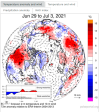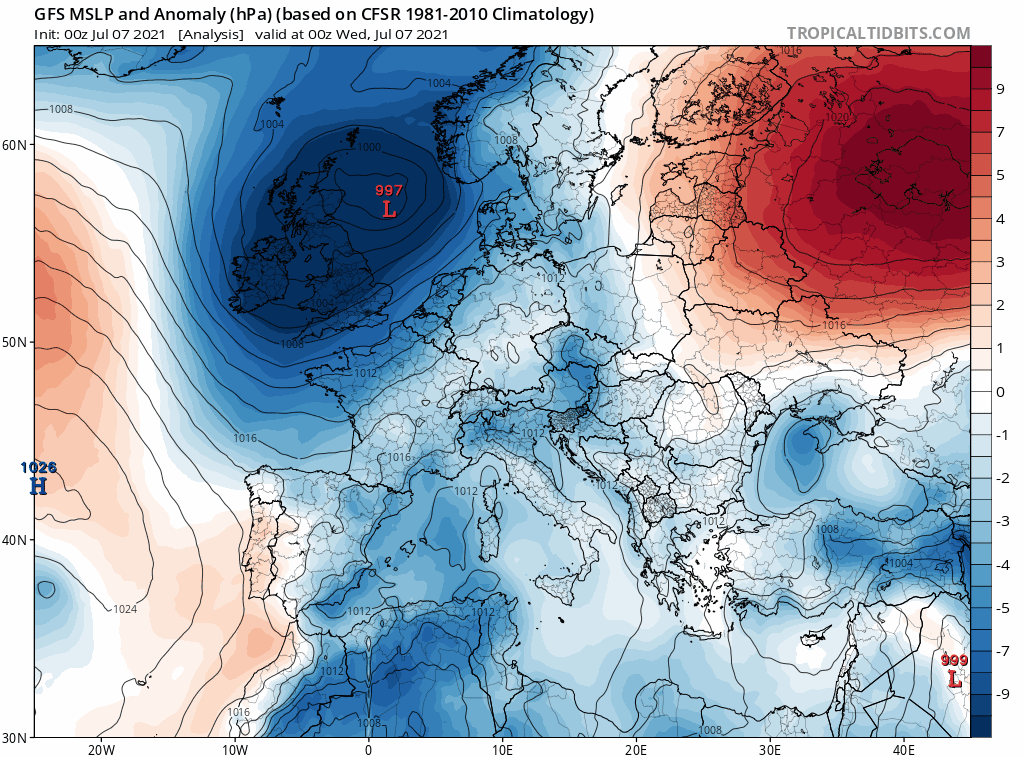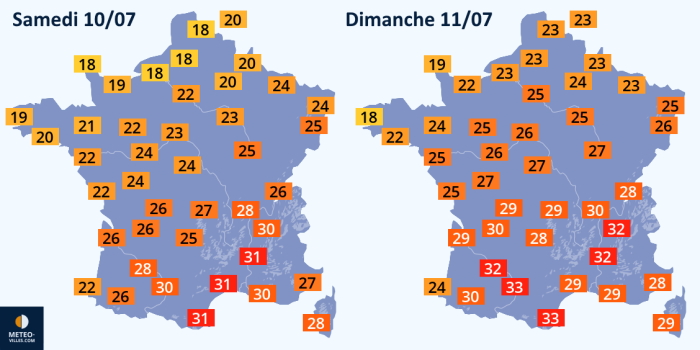The world experienced a few centuries of apocalyptic conditions 42,000 years ago, triggered by a reversal of the Earth's magnetic poles combined with changes in the Sun's behavior. That's the key finding of our new multidisciplinary study, published in
Science.
This last major geomagnetic reversal triggered a series of dramatic events that have far-reaching consequences for our planet. They read like the plot of a horror movie: the ozone layer was destroyed, electrical storms raged across the tropics, solar winds generated spectacular light shows (auroras), Arctic air poured across North America, ice sheets and glaciers surged and weather patterns shifted violently.
During these events, life on earth was exposed to intense ultraviolet light, Neanderthals and giant animals known as megafauna went extinct, while modern humans sought protection in caves.
The
magnetic north pole—where a compass needle points to—does not have a permanent location. Instead, it usually wobbles around close to the geographic north pole—the point around which the Earth spins—over time due to movements within the Earth's core.
For reasons still not entirely clear, magnetic pole movements can sometimes be more extreme than a wobble. One of the most dramatic of these pole migrations took place some 42,000 years ago and is known as the Laschamps Excursion—named after the village where it was discovered in the French Massif Central.
The Laschamps Excursion has been recognized around the world, including most recently in Tasmania, Australia. But up until now, it has not been clear whether such magnetic changes had any impacts on climate and life on the planet. Our new work draws together multiple lines of evidence that strongly suggest the effects were indeed global and far-reaching.
Ancient trees
Snip:
"The kauri trees are like the Rosetta Stone, helping us tie together records of environmental change in caves, ice cores, and peat bogs around the world," says professor Alan Cooper, who co-lead this research project.
Using the newly-created timescale, we were able to show that tropical Pacific rain belts and the Southern Ocean westerly winds abruptly shifted at the same time, bringing arid conditions to places like Australia at the same time as a range of megafauna, including giant kangaroos and giant wombats went extinct. Further north, the vast Laurentide Ice Sheet rapidly grew across the eastern US and Canada, while in Europe the Neanderthals spiraled into extinction.
Climate modeling
Snip:
With essentially no
magnetic field, our planet totally lost its very effective shield against
cosmic radiation, and many more of these very penetrating particles from space could access the top of the atmosphere. On top of this, the Sun experienced several "grand solar minima" throughout this period, during which the overall solar activity was generally much lower but also more unstable, sending out numerous massive solar flares that allowed more powerful ionizing
cosmic rays to reach Earth.
Our models showed that this combination of factors had an amplifying effect. The
high energy cosmic rays from the galaxy and also enormous bursts of cosmic rays from solar flares were able to penetrate the upper atmosphere, charging the particles in the air and causing chemical changes that drove the loss of stratospheric ozone.

wattsupwiththat.com







